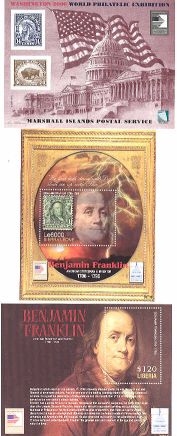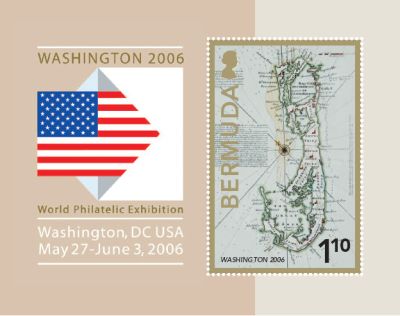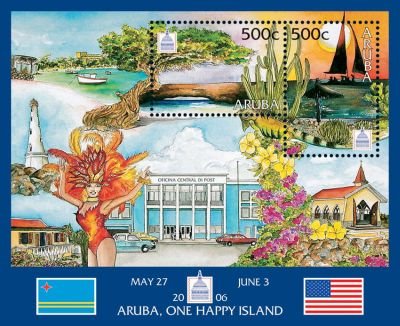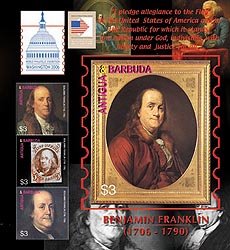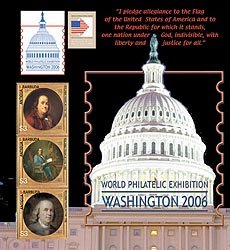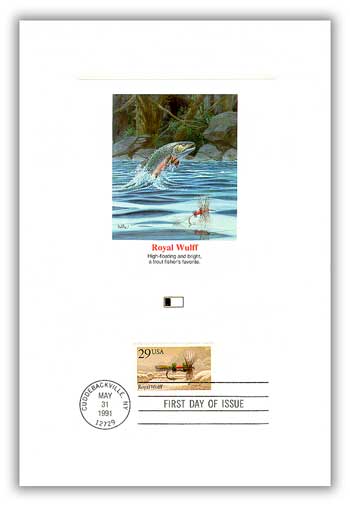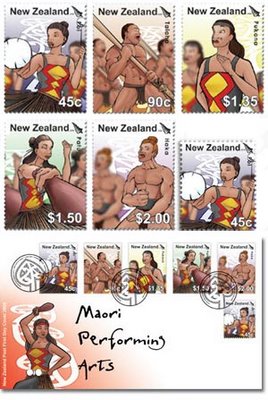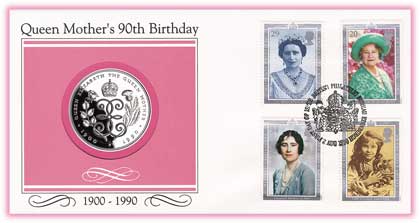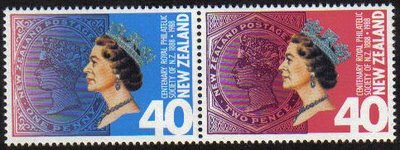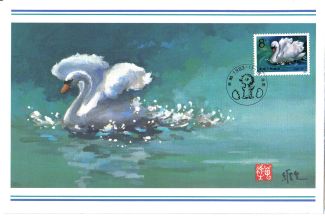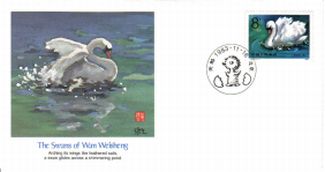The History Of
Mothers Day
&
Mother's
Seen Through
Postage Stamps
Mary Cassatt
"Mother and Child".
The painting belongs to
the Metropolitan Museum,
New York.
One of the most renown
mother/child painters of
all times is the American artist
Mary Cassatt (1845-1926),
who was the only foreigner to be
admitted into the
Impressionist group
of painters in Paris at the
beginning of the 20th century.

Rwanda 1980.
Issued In the USA 2003
American Treasures:
Mary Cassatt
The artwork of Mary Cassatt
was chosen for this third issuance
in the American Treasures series.
Known especially for her figure studies
and engaging portrayals of
mothers and children,
Mary Cassatt was the only
American ever invited to exhibit with
the French Impressionists.

The four works of art appearing
on the stamps are:
"Young Mother" (1888),
"Children Playing on the Beach" (1884),
"On a Balcony" (1878/79)
"Child in a Straw Hat" (circa 1886).
Paraguay 1978.
Painting by Rubens, depicting
his second wife,
Helene Fourment, with her children.

The painting belongs to
the Rubens-House,
Antwerp (Belgium).
The earliest Mother's Day celebrations
can be traced back to the spring
celebrations of ancient Greece
in honor of Rhea,
The Mother of the Gods.
The stamp is very small,
only 15 x 20 mm,
and is shown here
largely oversized.

Crete 1905.
Rhea is depicted on this Cretan stamp
(Scott # 74 -- Michael # 19).
The motif is taken from a ring used
as a seal, and found in Knossos,
the Mycenaean center at Crete.
Julia Ward Howe
(May 27, 1819 – October 17, 1910)

In the United States Mother's Day
was first suggested in 1872 by
Julia Ward Howe
"who wrote the words to the
Battle hymn of the Republic"
As a day dedicated to peace.
Ms. Howe would hold organized
Mother's Day meetings
in Boston, Mass.,
every year.
Mrs. Anna Maria Reeves Jarvis
(September 30, 1832 - May 9, 1905)

It was, however,
Mrs. Anna Maria Reeves Jarvis'
work with women's organizations
that inspired the creation of
Mother's Day as a national holiday.
She was born in Culpeper, Virginia,
on September 30, 1832,
the daughter of the
Rev. Josiah W. and Nancy Kemper Reeves.
The family moved to Barbour County in
present-day West Virginia when the Rev. Reeves
was transferred to a Methodist church in Philippi.
In 1852, Anna married Granville E. Jarvis,
the son of a Philippi Baptist minister.
Two years later, Granville and Anna Jarvis
moved to nearby Webster in Taylor County.
Anna Marie Jarvis
(May 1, 1864 - November 24, 1948)

In 1907 Anna Maria's daughter,
Anna Jarvis, began a campaign to
establish a national Mother's Day.
Ms. Jarvis persuaded her mother's
church in Grafton, West Virginia
to celebrate Mother's Day
on the second anniversary
of her mother's death,
the 2nd Sunday of May
(May 12, 1907)
By the next year Mother's Day
was also celebrated in Philadelphia.
Ms. Jarvis and her supporters began
to write to ministers, businessmen,
and politicians in their quest to
establish a national Mother's Day.
It was successful as by 1911
Mother's Day was celebrated
in almost every state.
In 1914 President
Woodrow Wilson
(president 1913-1921)

Stamp Scott # 832
Made the official announcement
proclaiming Mother's Day
as a national holiday that was
to be held each year
on the 2nd Sunday of May.
Roosevelt's original sketch for the
"Mothers of America" Stamp

(image Below).
In 1933 Mrs. H. H. McCluer,
a past national president of
the American War Mothers,
conceived the idea of issuing
a special stamp for use in conjunction
with Mother's Day mail.
She met with Roosevelt on
January 25, 1934.
Known to be a devoted son,
the president granted her
request three weeks later.
Twice The Size Of Regular Stamp
"Mothers of America". Scott # 754.
adapted from the portrait by
James Abbott McNeill Whistler
(1834-1903) of his mother.
The painting was made during
the period 1867-72,
and measures 144 x 162 cm.
It belongs to Musée d'Orsay, Paris, France.

On Mothers' Day the picture which Whistler called
Arrangement in Black and Gray;
the Artist's Mother
will go into almost every home in America
in the form of three-cent postage stamps.
The reproductions of James Abbot McNeil Whistler's
greatest work will be about twice the
size of stamps now in circulation,
large enough to portray the reverence
and the calm beauty with which
the artist endowed his parent.
(The Milwaukee Journal
Wednesday, April 4, 1934)
The selection of Whistler's mother for
the stamp is considered a happy
one from every standpoint.
The picture shows the elderly woman
in lace cap and dark dress,
sitting in a contemplative mood.
Mrs. Whistler was a strongly religious woman.
Her son was a sprightly Bohemian,
friend of Oscar Wilde and one of
the gayest of the gay nineties' celebrities.
He reveals in his portrait of his mother,
A deep love and respect for her.

The original painting by
Whistler depicted on a stamp
issued by Fujeira
on 9th October 1967,
mirrored as opposed
to the above US-stamp
The same painting was issued on
a stamp by Jordan in 1974
(Scott # 779, Michael # 917).
USA 1934. First Day Cover

Canceled on May 2m 1934
in Washington D.C., honoring
"Mothers of America".
Scott # 737.
The cachet shows the artist's mother,
and beneath the cachet is printed
a short review of
the story of Mother's Day.

Sharjah 1968
Henderson County,
Kentucky Personalities
Mary Towles Sasseen

WHO ORIGINATED‘MOTHERS' DAY'?
A MILWAUKEE WOMAN HAS PROOF THAT
HER AUNT BEAT MISS JARVIS TO PLAN
When 200,000,000 copies of Whistler's portrait
of his mother roll off government presses
in the form of Mothers' Day stamps
the public will think of Anna Jarvis,
Philadelphia woman who got Congress in 1914
to pass a resolution calling for
a national Mothers' Day,
as found of the holiday.
But at the Jefferson School, Wauwatosa,
pupils will honor Mary Towles Sasseen Wilson
as the original creator and promoter of
Mothers' Day.
Mrs. Wilson was the aunt of
Mrs. Reuben Greene,
826 N. Seventieth Street,
mother of 8-year-old Weyler Greene,
a third grade pupil of the school who
has copyrighted proof that his kinswoman
conceived the idea of honoring mothers 1
3 years before Miss Jarvis
launched her campaign.
The Friday before Mothers' Day, Weyler's class
will dress up in costumes of the early
nineties and give a program including
quotations and verses from a booklet published
by Mrs. Wilson, then Mary Sasseen, in 1893.
The idea of Mothers' Day as a national celebration
was conceived by the aunt of Mrs. Greene
and carried to fulfillment by the Philadelphia woman.
The first promoter for Mothers' Day was
a school teacher of Henderson, Kentucky,
later the wife of Judge Marshall Wilson
of Florida, and the sister of
Mrs. Greene's mother.
After Mothers' Day had been adopted
by the Kentucky Legislature,
due to Miss Sasseen's efforts,
and schools in Ohio,
including those of Springfield,
had made it an institution,
Mary Towles Sasseen Wilson died (1906)
and Anna Jarvis, a Philadelphia
Sunday school teacher,
took up the work of making it
a day of honor for mothers in all states.
The originator of the idea of Mothers' Day,
according to her niece, Mrs. Greene,
was an attractive, auburn haired woman
who was devoted to her school work and
to her mother, grandmother of
the Wauwatosa mother.
Mrs. Greene has two sons,
Weyler, 8, and Billy, 13.
Mary Sasseen was born and reared in
the beautiful little city of Henderson, Kentucky,
on the south bank of the Ohio River.
Henderson with a population of about 15,000
still remembers the woman who contended
that once a year children of the nation,
juveniles and adults,
ought to honor their mothers.
She instituted the first Mothers' Day
on April 20, 1893,
the birthday of her mother
Kentucky Was First

Miss Sasseen published a pamphlet in 1893
outlining her ideas of commemorating
the tender ties of motherhood and bestowing
a tribute of honor to the mothers of the land.
The book was copyrighted that year.
She traveled extensively and addressed
educational societies and other organizations
in various parts of the country in her effort to
have the observance of Mother's Day
nationally recognized and adopted.
The Kentucky Legislature adopted the idea first,
and in 1894 through her efforts the day was formally
celebrated in all the public schools of Springfield, Ohio.
In 1899 Miss Sasseen was a candidate for
superintendent of public instruction of Kentucky,
and it was generally discussed over the state
that she had first conceived the plan of
celebrating Mother's Day.
Miss Sasseen came of a
distinguished family of Kentucky.
She was a granddaughter of
Judge Thomas Towles,
a noted jurist of his day,
and her ancestors were all of
Revolutionary stock.
In 1900 she married Judge Wilson
and left Henderson to make her
home in Florida.
She died there in childbirth.
April 18, 1906
A year later in 1907 was
when Miss Anna Jarvis
invited a friend to spend
the second Sunday in May
with her to commemorate
the anniversary of
her mother’s death.
On that occasion Jarvis
announced her plan
for the national observance
of Mother’s Day.
Happy Mother's Day All.
